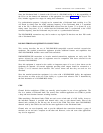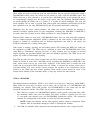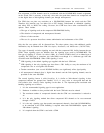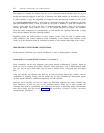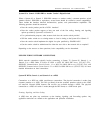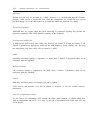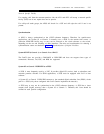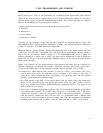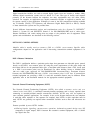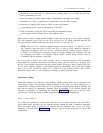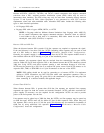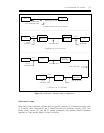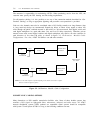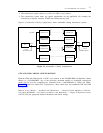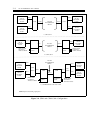
3. DS1 TRANSMISSION AND CABLING
Digital signal level 1 (DS1) is the specification for a particular digital signal format. DS1 interfaces
should not be confused with T1 digital carriers. T1 is a specific transmission system. T1s are used to
transmit digital signals of the DS1/DMI/ISDN-PRI format. This chapter describes the different
methods of transmitting DS1 from one point to another.
A digital transmission network consists of the following four major parts:
●
●
●
●
Terminals
Multiplexers
Cross-connects
Transmission facilities
Terminals are the endpoints of the network. They generate and terminate digital signals. The
DS1/DMI/ISDN-PRI, channel-division multiplexer (CDMs), and channel-expansion multiplexer
(CEMs) are examples of terminal transmission equipment.
Digital multiplexers provide interfaces between the different bit rates in the digital network. The DS1
is the lowest level; the DS4 is the highest level. The DS4 contains 4032 64K-bps channels and has a
line bit rate of 274.176M-bps. When a System 75 or 85 DS1/DMI/ISDN-PRI signal is routed over
facilities provided by a vendor such as AT&T, the signal may be multiplexed on and off higher-rate
digital lines on the way to its final destination. Multiplexers may also be used on customer premises
and in private networks.
Digital cross-connects are the interconnection points between the cable and the connector for
terminals, multiplexers, and transmission facilities. Specifically, the DS1 cross-connect, called DSX-1,
is used to interconnect DS1s. Several important concepts related to the DSX-1 are as follows:
●
●
●
Connection to public-network DS1 facilities is made at a DSX-1 cross-connect. This cross-
connect point (and usually the equipment used to terminate a DS1 facility) is the point of
demarcation where customer-premises responsibility for equipment ends and the network
provider's responsibility for equipment begins.
The signal present at the DSX-1 cross-connect differs from the signal on the DS1 transmission
facility in one important respect. The transmission facility carries DC power, which is used to
power line repeaters and network channel-terminating equipment (NCTEs). The signal at the
DSX-1 cannot carry DC power.
There exists a maximum cable distance from the DS1 (or DS1 terminal equipment) to the DSX-1
cross-connect point (655 feet for 24-AWG cable). However, a cross-connect point is not always
required. An example of when the cross-connect point is not required would be a continuous
cable that directly connects two DS1s. For this case, it is recommended that a phantom point
midway on the cable be selected as the cross-connect point. With this arrangement, the maximum
permitted distance between the two DS1s is twice the value specified to a DSX-1 cross connect.
3-1



